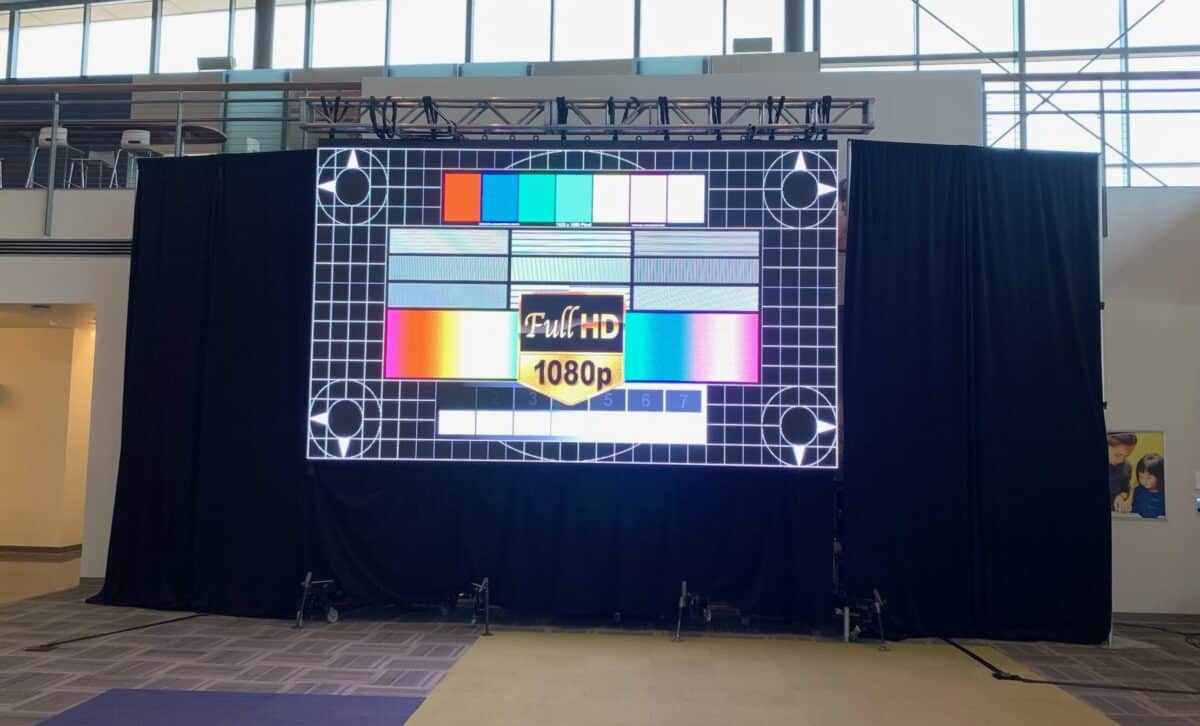Mastering Color Precision in Light Emitting Diode Wall Adjustment for Stunning Graphic Displays
Mastering Color Precision in Light Emitting Diode Wall Adjustment for Stunning Graphic Displays
Blog Article
Color accuracy is crucial for producing breathtaking graphic presentations, particularly when employing LED screens. These massive displays are frequently found in locations like music venues, sports arenas, and advertising billboards. When the colors on an LED wall are not accurate, the images can look dull or distorted, which can affect the overall impression for viewers. Therefore, mastering color accuracy in LED screen tuning is vital for attaining vibrant and true-to-life visuals.
The first step in ensuring color accuracy is comprehending how LED technology works. LEDs, or light-emitting diodes, produce light in various shades by mixing red, green, and blue (RGB) light. Each pixel on an LED wall consists of these three hues. When tuned correctly, the combination of RGB can produce a broad range of hues. However, if one hue is too intense or too dim, it can distort the whole display. This is why calibration is necessary to equalize the hues and achieve the intended visual result.
Tuning entails adjusting the settings of the LED screen to make sure that the hues displayed correspond the initial content as nearby as feasible. This process usually involves using specialized software and hardware instruments. Technicians often use color measurement devices, such as color meters, to examine the colors being displayed. By contrasting the measured hues to standard color values, they can make precise modifications. This ensures that the hues are not only vibrant but also uniform across the entire display.
Another important factor of color accuracy is understanding the environment in which the LED screen is employed. Factors such as surrounding light can significantly affect how colors look. For instance, a well-lit illuminated room may wash out colors, making them look not as vibrant. To counteract this, technicians may adjust the brightness and contrast settings of the LED screen. Additionally, they may choose particular color profiles that are more suited for various lighting environments. This flexibility helps preserve color accuracy irrespective of the you could try here viewing surroundings.
Finally, regular upkeep and recalibration are essential for keeping an LED screen looking its finest. Over time, the performance of LEDs can change due to factors like degradation and heat fluctuations. Frequent checks and modifications can help guarantee that the colors remain correct and vibrant. By committing time in appropriate calibration and maintenance, venues can provide viewers with breathtaking visual presentations that improve their overall impression. Perfecting color accuracy in LED wall tuning is not just a technical task; it is an expertise that contributes to the magic of graphic storytelling.